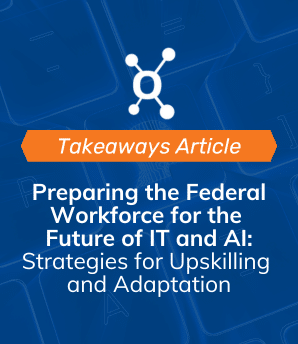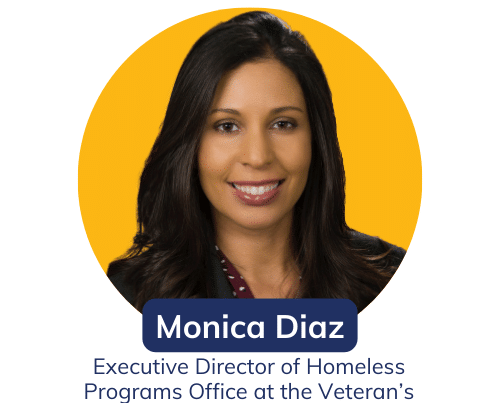Takeaways:
- Reconnecting with roots and land empowers personal identity and strengthens contributions to tribal communities, particularly in education and environmental stewardship.
- Successful collaboration with Tribal Nations requires respecting their unique processes and worldviews, ensuring their inclusion in decision-making and honoring their protocols.
- Building strong relationships with tribal communities hinges on practicing transparency, honesty, and reciprocity, with a focus on listening to their needs.
I had the pleasure of interviewing Jennifer Santry, who has a deep commitment to integrating Indigenous perspectives into education and environmental stewardship, Jennifer’s work is transforming schoolyards across tribal communities. Her innovative approach to creating outdoor classrooms that honor and incorporate Indigenous knowledge reflects her dedication to reconnecting students with their land and culture.
Can you tell me about your career path that has led you to where you are now?
After finishing my PhD in educational sustainability last year, my career took a meaningful turn. Growing up in the Choctaw Nation in Oklahoma, I had always been deeply connected to my roots, but it wasn’t until I became an educator in higher education for over 15 years, focusing on agriculture and food systems, that I realized I hadn’t fully integrated my own story into my work. This realization hit me as I began working on climate change planning with various tribes, understanding the critical importance of including Tribal nations in these efforts.
After completing my degree, I was fortunate to step into the role of associate director for Tribal Community Schoolyards. In this position, I have overseen the development of over 300 successful schoolyards, including nine pilot programs. These schoolyards are more than just playgrounds; they are outdoor classrooms where students can learn on the land, connect with Indigenous food systems, and engage deeply with their language, culture, and stories. The aim is to create cultural learning centers that carry stories forward, connecting elders with students, and instilling in students a profound understanding of the land’s importance. Each schoolyard is uniquely tailored to the specific school and community, ensuring it resonates with the local culture and needs. This work has been gratifying, as it bridges traditional knowledge with modern educational practices, creating spaces where students can thrive.
How did you become passionate about the intersection of tech, government, and tribal communities, and how do you stay informed and engaged in those areas?
My connection to the intersection of technology, government, and tribal communities stems from a deeply personal place—boarding schools and the history of displacement. There’s a significant disconnect from that part of our story, and I’ve come to realize that even if we didn’t grow up fully immersed in our communities, many of us still have valuable skills and tools that we can bring back to help rebuild and strengthen them. For me, being connected to my land and community is an incredible feeling, one of reconnecting and healing. It’s a powerful experience, especially when I work with young people who are themselves reconnecting, connecting for the first time, or deepening their relationship with the land. There are countless ways to support our communities and the land they have, and it’s this work that fuels my passion and commitment to staying engaged in these areas.
What do you believe sets Tribal Government Relations apart as a unique work environment, and how do you navigate its challenges in your everyday work?
I believe that Tribal Nations inherently know what their communities need. They have a deep understanding of their history and people, which is invaluable when it comes to making decisions that impact their future. While they may not always have the resources, they certainly have the knowledge. This understanding is crucial because the western worldview and the tribal worldview are fundamentally different. Time, for instance, is perceived differently, and it’s essential to be meaningful and thoughtful with our actions when working within these contexts.
The processes within Tribal Nations are unique, and while this can sometimes be frustrating for outside parties, it’s vital to always include tribes in the conversation. Listening to them and including their perspectives, while also understanding their processes and protocols, is a crucial step in navigating the challenges of this work environment. It’s about respecting their ways of knowing and doing and ensuring that their voices are not just heard but are integral to the process.
Describe a challenging or rewarding project that significantly influenced your growth as a professional. How did you handle the challenge, and what did you learn from the experience?
Reflecting on my experiences working with various communities, I’ve come to understand just how unique each one is. There is no one-size-fits-all formula when it comes to working with tribal nations. Each community has its own dialects, stories, and specific needs. The challenges often lie in the differences between communities and the scarcity mentality that can sometimes arise. However, I’m proud of the few universal aspects we share, particularly the sense of interconnectedness that binds us. It’s crucial to constantly remind people that while we are united in many ways, we are also different people with different resources and needs. Building relationships requires an understanding that processes vary from one community to the next. This has been a significant learning experience for me, especially as I reconnect with my own story and work closely with other nations. It’s a continuous journey of learning, adapting, and honoring the distinctiveness of each community.
What advice would you give to someone navigating how to bridge the gap between traditional practices and modern governance structures?
Time plays a crucial role in bridging the gap between traditional practices and modern governance structures, and it works differently in tribal communities. One of the most important lessons I’ve learned is the value of being transparent, honest, and humble in all interactions. These values are foundational and are ones we all hold dearly. Honesty goes a long way in building trust and fostering meaningful relationships. It’s essential to ask yourself how to give back to the community because reciprocity is incredibly important. Listening is a key part of this process—if you take the time to truly listen, the community will tell you what they need. By approaching these interactions with an open heart and a genuine desire to support, you can help create solutions that are respectful of traditional practices while also meeting modern governance needs.
Word Association, what is the first word that comes to mind for each of there?
- Policy – It should be fluent, but it doesn’t always feel that way
- Networking – Relationship building
- Communications – Storytelling
- Leadership Connect – Planning for the future






